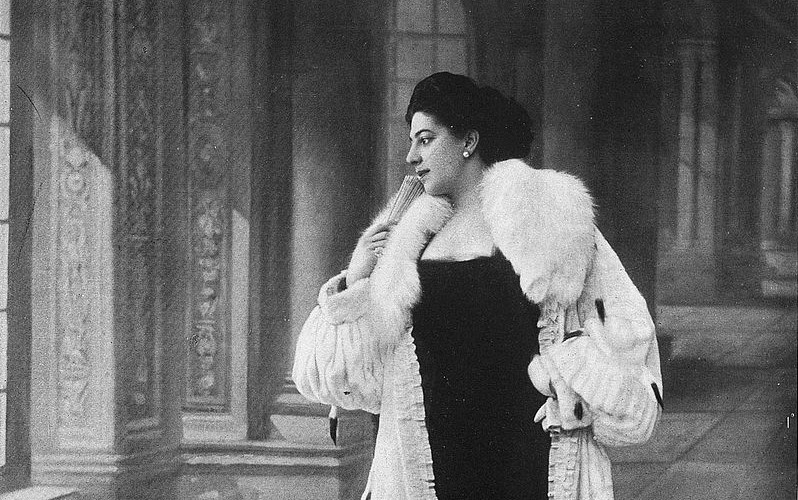This amazing woman was admired by wealthy businessmen and politicians, military officers and diplomats. One of her admirers was the world-famous composer Giacomo Puccini. She was idolized and hated, but few could remain indifferent to her. She could have become an ordinary educator and an exemplary mother, but fate ordered otherwise. Only at the age of 29 she began to dance, and a year later was one of the most sought-after dancers in Europe. She was attributed extraordinary power and influence, and in the end was accused of espionage and sentenced to execution. To this day, historians continue to debate whether she was really a dangerous spy, a deft adventuress or an unfortunate victim of circumstance.
In 1905, the Paris newspapers in every way praised the new star of the dance world, who performed under the sonorous pseudonym “Mata Hari”, which translated from the Malay language meant “eye of the day” or “sun”. It was said that compared to her talent pales even the image of the legendary Isadora Duncan.

About Mata Hari were amazing rumors. Some said that her childhood was spent in the East, and dance she learned in Buddhist temples. Others claimed that she was the illegitimate daughter of an English king and an Indian princess. Still others assured that she was a Javanese princess. Fourths refuted this and said she was a baroness and the widow of an influential colonel. The rising star of the dancing world did not refute these tall tales. On the contrary, she multiplied these rumors. Legends created a halo of mystery around her name and filled her simple dances with deep meaning.
Why did Mata Hari's star rise so quickly and suddenly? Obviously, she combined everything that was then in vogue in European society - a fascination with the Orient, modern ballet and eroticism. Mata Hari danced in exotic clothes and got naked while dancing. For that time it was a great daring and excited the audience. And, of course, Mata Hari's personal charm played a big role. Much more talented and well-trained dancers did not have a tenth of her success.
In February 1917, Mata Hari was arrested in Paris and accused of spying for Germany. It was World War I and the accusation looked more than serious.
It is very difficult to study the espionage activities of Mata Hari, because up to now almost all materials of her case are classified. The trial was held in closed mode and from the first session the public was asked to leave. Only two journalists - Alain Prel and Sam Vaagenaar - managed to partially familiarize themselves with the materials of the “spy case” of Mata Hari. They saw with their own eyes the interrogation protocols and the secret dossier.
In 1968, Sam Vaagenaar published a book on Mata Hari, which is still the only more or less reliable biography of this legendary woman. Vaagenaar had spent many years researching Mata Hari's life, dating back to the 1930s and meeting people who knew her intimately. He was inclined to the conclusion that it is unlikely that his heroine was a spy. In any case, no secrets that could seriously harm the armed forces of France, she did not know and could not pass them to German agents.
Major von Repel was of the opposite opinion. A quarter century after the death of Mata Hari, he assured that he was her handler and recruited her in the fall of 1915. There is no documentary evidence to support Repel's claims, so many are highly skeptical.

















